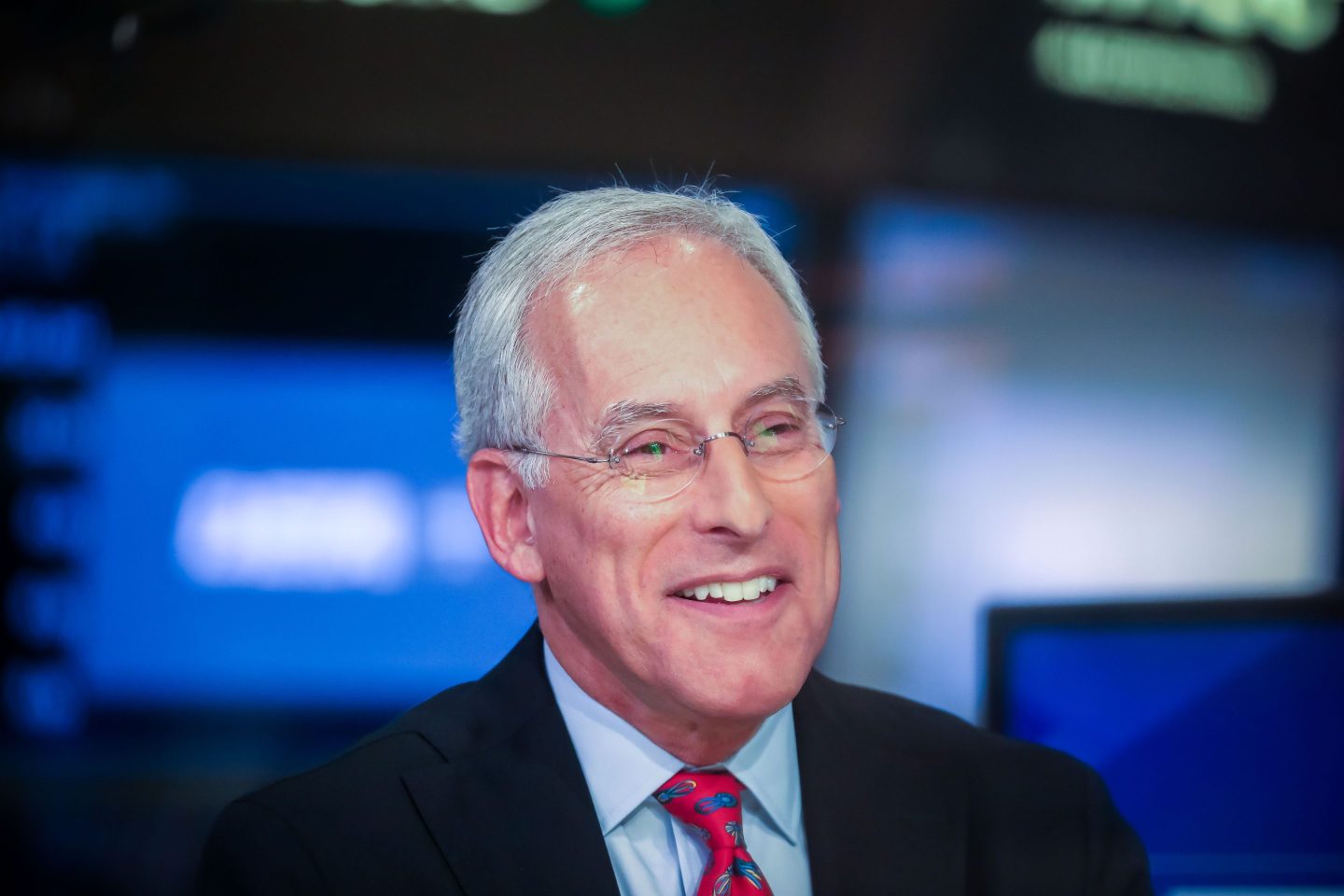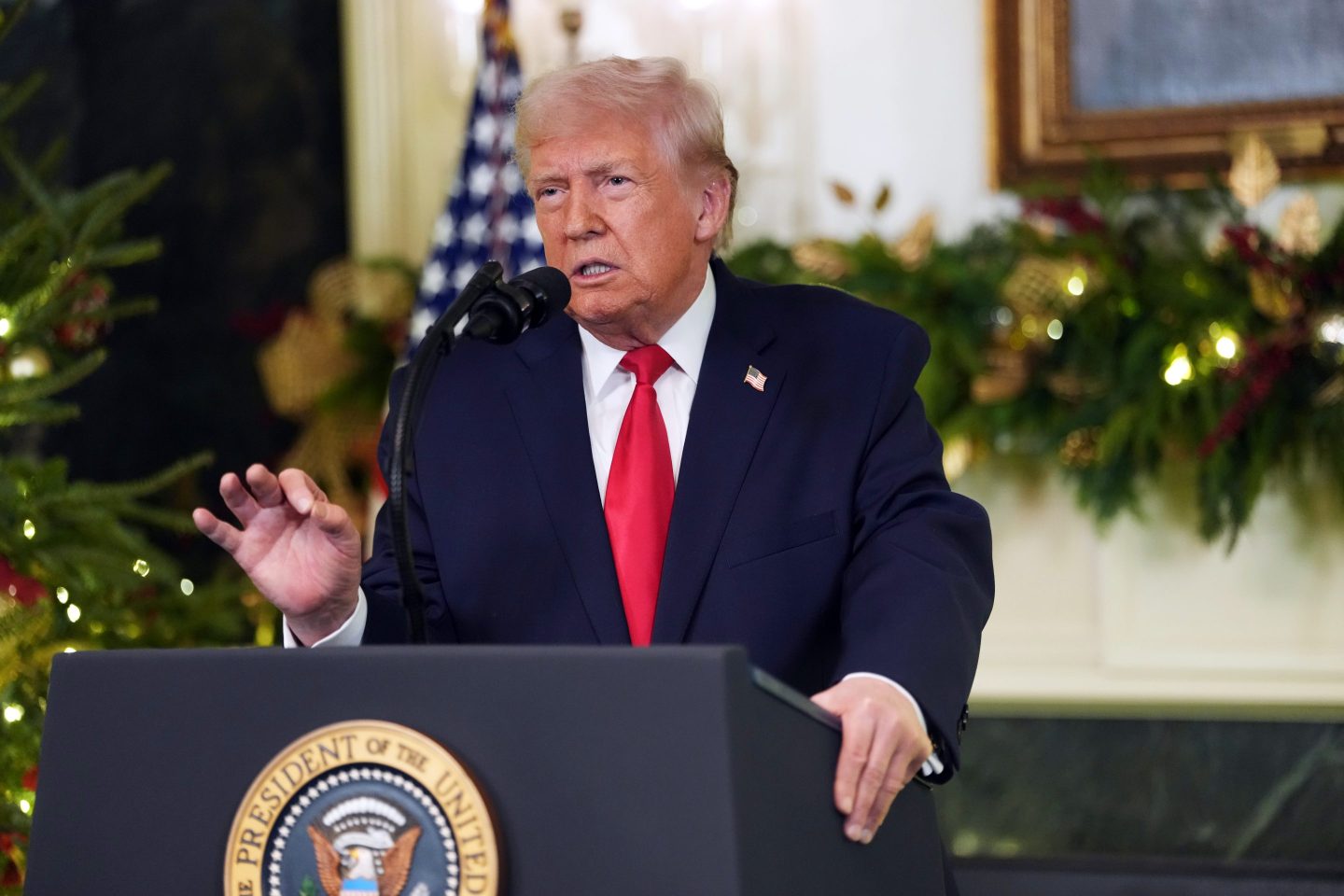After Russia invaded Ukraine early Thursday morning, the world has looked on and wondered what will happen next. And investors everywhere are trying to anticipate the next move.
But according to those like economist Mohamed El-Erian, adviser to Allianz and Gramercy, predicting the next move isn’t the right move. “As they consider what to do with their investment portfolios, many investors are trying to predict what happens next in the [Russia and Ukraine] conflict—understandable but very hard to get right. A better approach short term: Position on the basis of likely portfolio flows/technicals,” he wrote in a tweet on Thursday.
Indeed, markets have been on a volatile path since Thursday morning, plunging deep in the red and then recovering to close well in green—with stocks up even higher in late afternoon trading on Friday. Those like Liz Ann Sonders, chief investment strategist at Charles Schwab, suggest “a lot of the negativity to some degree had been already priced into the market,” but that “the market is still at the mercy of headlines…dominated of course by Russia and Ukraine,” she told Fortune. “That will continue to be the biggest short-term driver of the market, but the medium-term, bigger picture driver is the [Federal Reserve and the pace of rate hikes].”
For investors unsure of how to react to the concerning headlines, Fortune asked investing pros how they should strategize in times of uncertainty.
Diversify, diversify, diversify
In the face of war in Europe, Brent Schutte, chief investment strategist at Northwestern Mutual Wealth Management, suggests “the way you deal with uncertainty is diversification, not concentrating in cash,” he told Fortune.
That includes not only “making sure that you own something other than technology stocks,” he said, but looking into small-cap and value stocks, international stocks (even those in the eurozone, where growth is expected to outpace the U.S.), and commodities like gold, all of which he favors.
Others like UBS Global Wealth Management CIO Mark Haefele also tout the tried-and-true diversification model, suggesting it’s “important for investors to maintain a calm stance and keep a broad perspective, and to build a portfolio robust enough to navigate the Ukraine crisis and rising U.S. interest rates.” (Haefele said on a LinkedIn livestream on Thursday morning that he still expects the Federal Reserve to begin hiking interest rates starting in March, and those like Schwab’s Sonders agree.)
From UBS’s perspective, that could include diversifying “across regions, sectors, and asset classes”; using commodities as a “geopolitical hedge”; positioning for strength in the U.S. dollar; looking at “winners” amid global post-COVID growth in the value and cyclical areas, including energy and financials; and adding some more defensive positions in areas like global health care.
Patience is a virtue
Amid the volatility of this week, some strategists think patience is the name of the game.
Allen Bond, managing director and portfolio manager at Jensen Investment Management, suggests that, at the moment, “this is more one of those kind of watch and monitor situations.” The “market doesn’t like uncertainty,” he noted. “And so the question we have to think about as investors is, ‘Is this a one-off? Is this just Russia and Ukraine? Or has this become a broader and bigger trend of maybe more pockets of geopolitical activity across the world?’ I think the answer to that question is going to kind of determine that.”
Schutte believes when it comes to strategies at the moment, “I think patience would be number one—not selling when others do,” and even “contemplate buying if you have cash.”
He added: “The time to be selling and the time to be rethinking your plan is not when the stuff is hitting the fan.”
Focus on quality
In uncertain times like these, Schwab’s Sonders is a big believer in two ingredients for stocks: quality and “lowercase v” value.
“What we’ve been saying is that, especially if you’re a stock picking–oriented investor…you want to focus on quality…and value,” she said. That doesn’t necessarily mean buying a Russell value index, she noted, but rather stocks with attributes like strong free cash flow, earnings and dividend yield, lower debt, pricing power, a strong balance sheet, and even things like positive earnings revisions across sectors. (Fortune wrote all about the shift toward value stocks and how to play that trade here.)
“Focusing on those factors,” Sonders said, is “where performance and leadership has been more consistent.”
Indeed, she argues that we’re already in a “stealth” bear market, pointing to the fact that a large portion of stocks in indexes like the S&P 500 are already off at least 20%. In a report dated Thursday, Bank of America noted that 76% of stocks in the Nasdaq and 51% of S&P 500 stocks were in a bear market.
Bond also has a similar prescription for investors: “Own high-quality businesses that have demonstrated they can hold up and do well during volatile markets and volatile time periods, and that’s really what we’re going to hang our hat on right now.”
But even as investors digest broader geopolitical concerns, Bond thinks they should consider an all-markets approach: He believes looking for businesses with “competitive advantages, financial strength, and resiliency [is] the right way to think about it in all markets, but in volatile or uncertain markets, it tends to be even more important.”
Never miss a story: Follow your favorite topics and authors to get a personalized email with the journalism that matters most to you.












